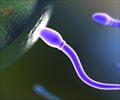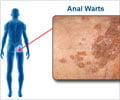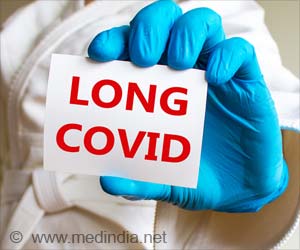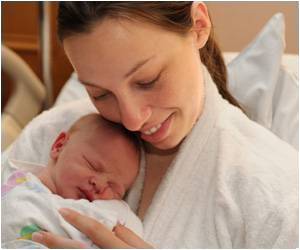Fertility doctors have announced the birth of the first baby to be born to a cancer patient from an immature egg that was matured in the laboratory, frozen, then thawed and fertilized five years later.
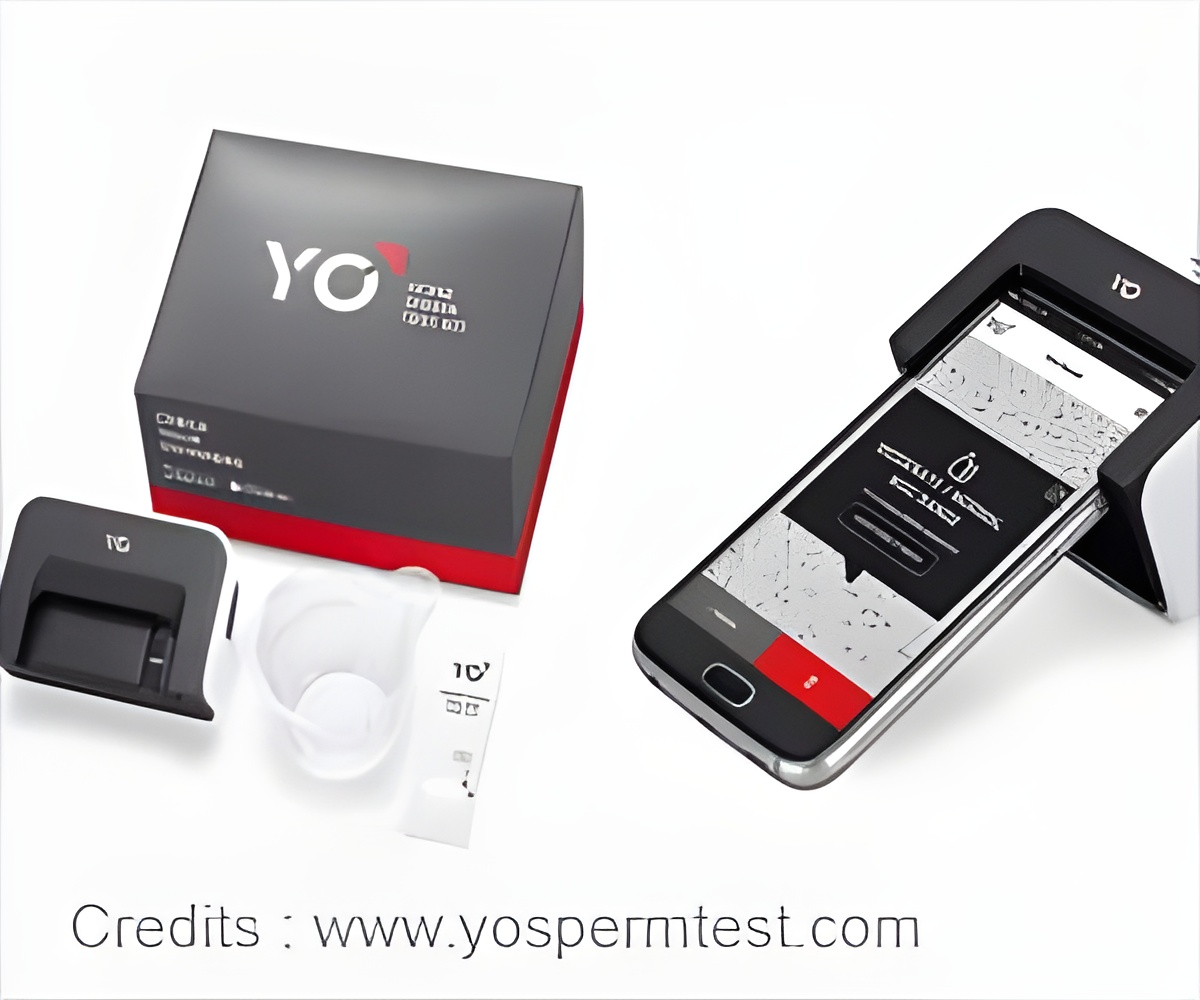
‘The mature eggs were then frozen by means of vitrification, which freezes the eggs very rapidly in liquid nitrogen to reduce the chances of ice crystals forming and damaging the cell.’





The mature eggs were then frozen by means of vitrification, which freezes the eggs very rapidly in liquid nitrogen to reduce the chances of ice crystals forming and damaging the cell.Until now, there have been no successful pregnancies in cancer patients after eggs that have undergone IVM and vitrification, although some children have been born as a result of IVM followed by immediate fertilisation and transfer to the patient without freezing.
Professor Michaël Grynberg, head of the Department of Reproductive Medicine and Fertility Preservation at the Antoine Béclère University Hospital, near Paris, France, is the first author of the letter.
"I saw the 29-year-old patient following her diagnosis of cancer and provided fertility counselling. I offered her the option of egg freezing after IVM and also freezing ovarian tissue. She rejected the second option, which was considered too invasive a couple of days after cancer diagnosis."
Ultrasound revealed there were 17 small fluid-filled sacs containing immature eggs in her ovaries. However, using hormones to stimulate her ovaries to ripen the eggs would have taken too long and could have made her cancer worse. Therefore, an emergency procedure was scheduled six days later without ovarian stimulation, and Prof Grynberg retrieved seven immature eggs before her chemotherapy started.
Advertisements
Prof Grynberg said: "We were delighted that the patient became pregnant without any difficulty and successfully delivered a healthy baby at term. My team and I trusted that IVM could work when ovarian stimulation was not feasible. Therefore, we have accumulated lots of eggs that have been vitrified following IVM for cancer patients and we expected to be the first team to achieve a live birth this way. We continue offering IVM to our patients in combination with ovarian tissue cryopreservation when ovarian stimulation cannot be considered. This success represents a breakthrough in the field of fertility preservation."
Advertisements
"IVM enables us to freeze eggs or embryos in urgent situations or when it would be hazardous for the patient to undergo ovarian stimulation. In addition, using them is not associated with a risk of cancer recurrence.
"We are aware that eggs matured in the lab are of lower quality when compared to those obtained after ovarian stimulation. However, our success with Jules shows that this technique should be considered a viable option for female fertility preservation, ideally combined with ovarian tissue cryopreservation as well."
Source-Eurekalert

